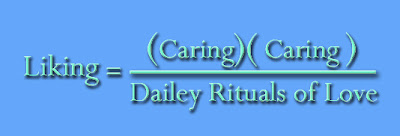The next few days I am going to diverge from mathematical poetry and display some of the visual mathematics work done by many talented people who have their work admitted to the American Mathematical Society mathart show coming up in January. The following image is an M.C. Escher homage by Robert Fathauer. Also to note that Robert has curated many mathart exhibitions around the world.

"Angels and Devils" is a digital artwork based on a fractal arrangement of circles within circles. Two half-scale circles are placed within the starting circle and rotated by an angle of π/4 in opposite directions. These steps are then repeated in the smaller circles, etc. The motifs pay homage to one of M.C. Escher's most famous prints, "Circle Limit IV", which also contains angel and devil motifs. Escher's print is based on hyperbolic geometry, which distorts the motifs as they get smaller. All of the tiles in "Angels and Devils" are similar in the Euclidean plane.
Robert Fathauer, Small business owner, puzzle designer, and artist, Tessellations Company
Robert Fathauer makes limited-edition prints inspired by tiling, fractals, and knots. He employs mathematics in his art to express his fascination with certain aspects of our world, such as symmetry, complexity, chaos, and infinity. His artworks are created on a Macintosh computer, primarily using the commercial programs FreeHand and Photoshop. More recently, he has been exploring fractal arrangements of polyhedra
































